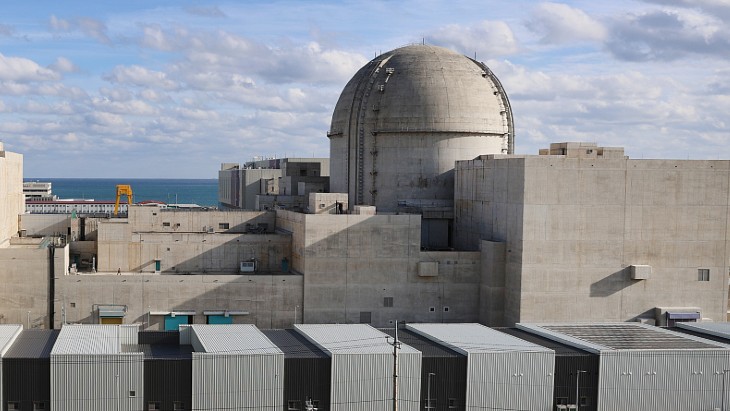All parties to the Paris Agreement on climate change are required to submit LT-LEDS: to date, only 57 of the 194 parties to the agreement have done so.
India's LT-LED was formally released on 14 November by Minister for Environment, Forest and Climate Change Bhupender Yadav at the COP27 Climate Conference taking place in Sharm el-Sheikh, Egypt.
"Once again, India has demonstrated that it walks the talk on climate change," Yadav said. The strategy articulates India's vision and action plan for achieving its goals set out in its Nationally Determined Contribution (NDC) which was updated earlier this year to commit India to reduce the emissions intensity of its GDP by 45% from 2005 levels, and to achieve "about 50%" of its cumulative installed electric capacity from non-fossil fuel-based energy resources, by 2030.
Despite being home to one-sixth of the world’s population India's historical contribution to cumulative global greenhouse gas emissions has been "minuscule", Yadav said. It has significant energy needs for development and is committed to and actively pursuing low-carbon strategies. These key considerations, alongside the need to build climate resilience, underpin the LT-LEDS, which runs to more than 120 pages.
"The two themes of 'climate justice' and 'sustainable lifestyles' are emphasised in our strategy alongside the UNFCCC principles of equity and common but differentiate responsibilities and respective capabilities," he said, adding that the strategy has been "prepared in the framework of India's right to an equitable and fair share of the global carbon budget".
"We have provided long term vision of our transition in all sectors of the economy including electricity, transport, industry, urban, forestry and carbon removal technologies," Yadav said. "Our document also makes it clear that this effort to transform India’s economy would require huge financial resources. … the journey to net-zero is a five-decades-long one and India's vision is therefore evolutionary and flexible, accommodating new technological developments and developments in the global economy and international cooperation. But we also need to be mindful of the risks that this journey will entail. The need to eradicate our development deficits and ensure our food and energy security, while rationally using our natural resources, are therefore themes that pervade our low-carbon strategy."
In addition to the tripling of nuclear capacity by 2032, the strategy calls for the exploration of a "significantly greater" role for nuclear power, which it says is currently saving the country some 41 million tonnes of CO2 emissions annually and providing 3% of its electricity generation. "Sufficient production and share of nuclear power are highly significant" for ensuring India's energy security, it says, adding that the "potential for establishment of small modular nuclear reactors" is also to be explored, "and this will require sharing and transfer of relevant technologies".
The strategy includes expanding renewable capacity "in the short to medium term" while strengthening the electricity grid, and enhanced support for R&D into future technologies such as green hydrogen, fuel cells and biofuels. It also calls for "rational utilisation" of fossil fuel resources and notes that, while the share of coal in installed capacity and supply of power will decline, coal will be needed for power and energy, including for grid stabilisation, supply to industry and to guarantee energy security.
Expanding nuclear's share for utility distribution, "captive use" in industry and for green hydrogen production is possible, the strategy notes: "Nuclear energy is a key substitute for delivering baseload power free of intermittency in place of energy from fossil fuels. India considers nuclear energy as a significant component of its non-fossil fuel power generation capacity and will continue to pursue research and innovation in this sector."
India is currently home to 22 operating nuclear reactors, totalling some 6795 MWe of capacity, with a further eight units, totalling just over 6000 MWe, under construction.
The Paris Agreement is a legally binding international treaty on climate change. It was adopted at COP21 in December 2015 by 196 parties and entered into force in November 2016. Of the 198 parties to the UNFCCC, 194 are parties to the Paris Agreement.

.jpg)



_72306.jpg)


_49562.jpg)





